My ideal day in Milan: Gildo Zegna
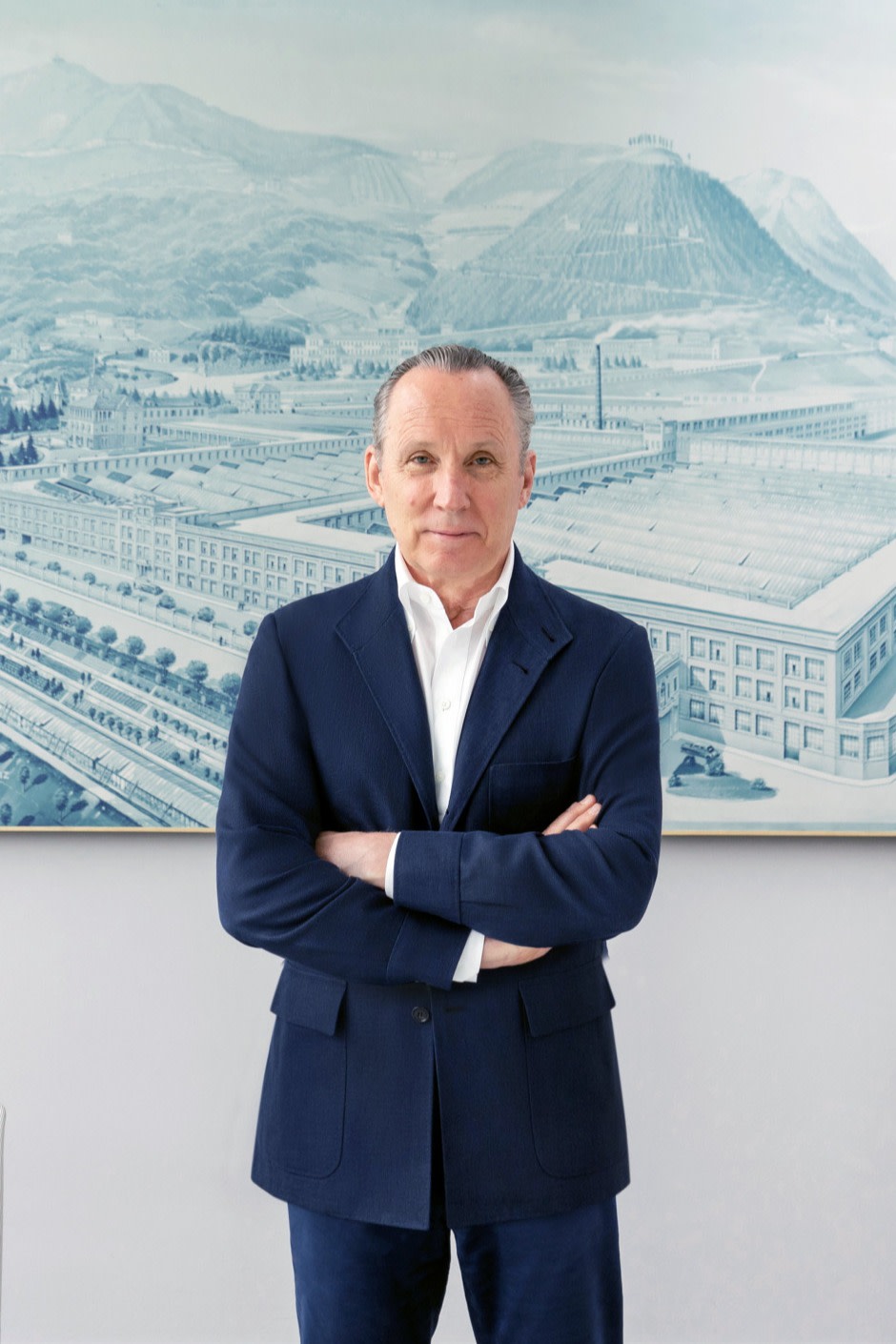
Roula Khalaf, Editor of the FT, selects her favourite stories in this weekly newsletter.
This article is part of a new guide to Milan from FT Globetrotter
When I am in Milan for a weekend after a busy week, I make sure to stay at the Palazzo Parigi hotel next to the Brera design district. I think it’s one of Milan’s finest hotels, with a genuine sense of family hospitality. The Zegna Group is a proud family-owned business, and for this reason, I always appreciate other family-run enterprises. The hotel’s Bistrot Lounge Caffè Parigi, with its exquisite private garden, is where I start and end my day, enjoying my breakfast — coffee, seasonal fresh fruit and a croissant — in the morning and a glass of Barbaresco at the end of the day, nestled away from the city’s hustle and bustle.
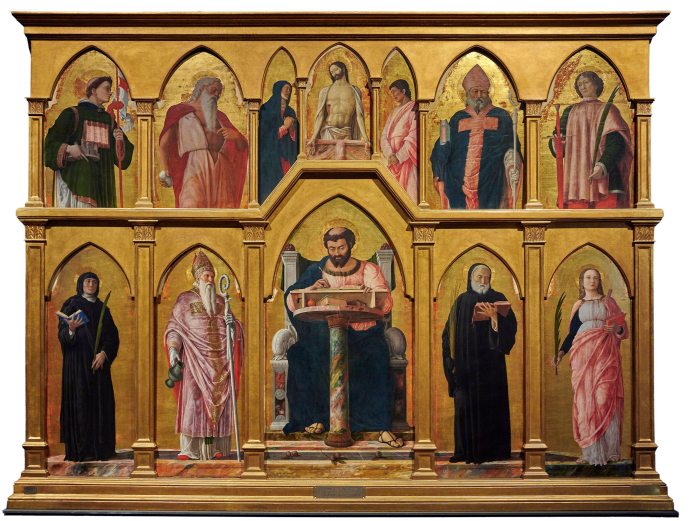
After breakfast, I usually walk to the nearby Pinacoteca di Brera gallery, which houses one of the world’s most spectacular collections of Italian paintings. Its permanent collection includes pieces by renowned artists such as Andrea Mantegna, Piero della Francesca, Tintoretto, Caravaggio and Carlo Crivelli, all of which will transport you to Italy’s grand Renaissance courts.
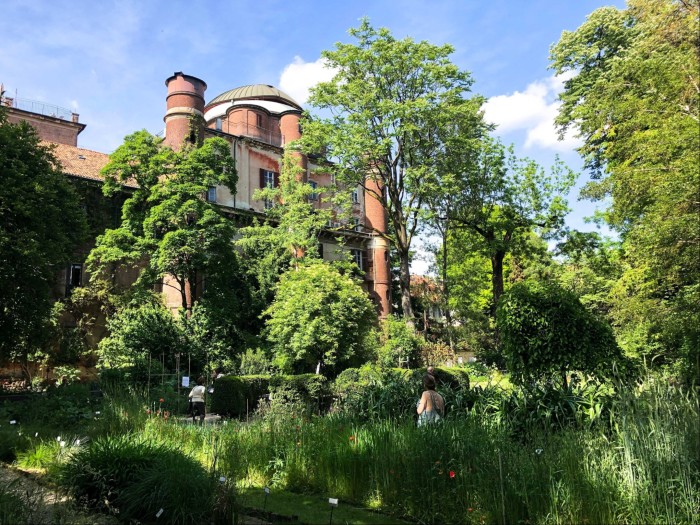
I am a passionate walker, and the Brera neighbourhood, with its unique cobblestone streets, historic buildings, bars, restaurants and artisans’ workshops, is a city explorer’s paradise. Two streets in particular — Via Fiori Chiari and Via Fiori Oscuri — are favourites of mine as they still maintain their unique historical charm. Walking down the latter, I inevitably find myself making my way to the Brera Botanical Garden. An appreciation for the environment has always been ingrained in my family, and it is central to both my upbringing and my business, making this garden a perfect spot to relax while surrounded by nature in the middle of the city.
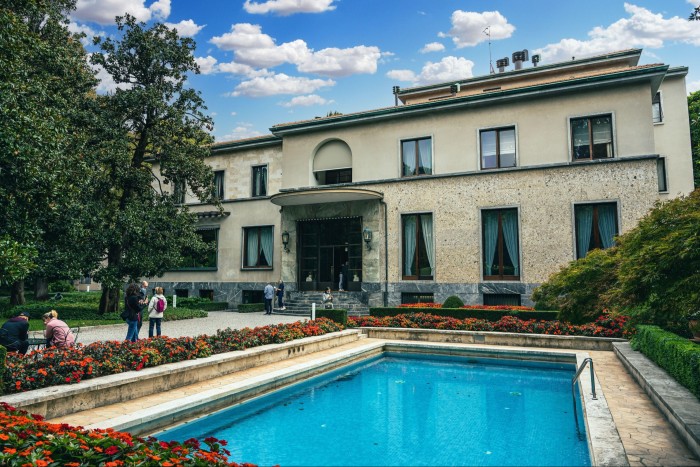
Milan, like so many of the world’s greatest cities, is most appreciated when you allow yourself to get lost in its streets, buildings and courtyards. While most people would choose to walk through the heart of Milan’s fashion district, crossing the Quadrilatero della Moda, I enjoy wandering in the quiet of the Quadrilatero del Silenzio. Every building in this elegant neighbourhood is a masterpiece. One of the city’s most intriguing venues, Villa Necchi Campiglio, is a must-see if you are in the area. Secluded in the heart of an elegant garden, it was designed between 1932 and 1935 by the Milanese architect Piero Portaluppi on behalf of the sisters Nedda and Gigina Necchi and Angelo Campiglio, husband of Gigina, an industrial bourgeoisie Lombard family with an interest in art and culture. The villa houses important artworks including paintings by Tiepolo and Canaletto up to Sironi, de Chirico, Martini and Wildt, as well as great 20th-century artists such as Picasso, Fontana, Modigliani, Matisse and others.
The villa is open to the public, thus respecting the wishes of the Necchi sisters, who in 2001 entrusted the dwelling to the Fondo Ambiente Italiano (FAI), the Italian non-profit foundation established in 1975 with the aim of protecting and enhancing Italy’s historical, artistic and landscape heritage, which has also preserved my family’s Oasi Zegna natural territory in the province of Biella since 2014.
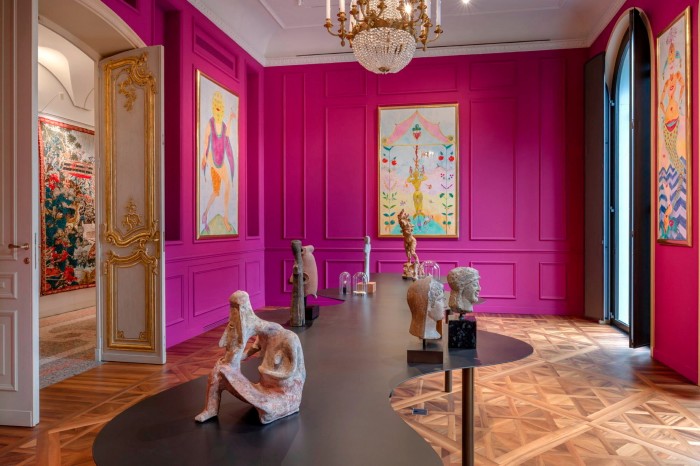
If you are as passionate about art as I am, you might like to visit another beautiful museum nearby, the Fondazione Luigi Rovati, named after the famous physician, researcher and pharmaceutical entrepreneur. It is housed in a historic palazzo, which was restored and redesigned to accommodate a museum that opened in September of last year thanks to the Rovati family’s dedication and passion. It has an incredible collection of pieces ranging from Etruscan to contemporary art, with archeological finds displayed alongside works by Lucio Fontana, Andy Warhol, Giulio Paolini and Alberto Giacometti. The museum’s recently opened Caffè-Bistrot by chef Andrea Aprea is the perfect spot to break for lunch too.
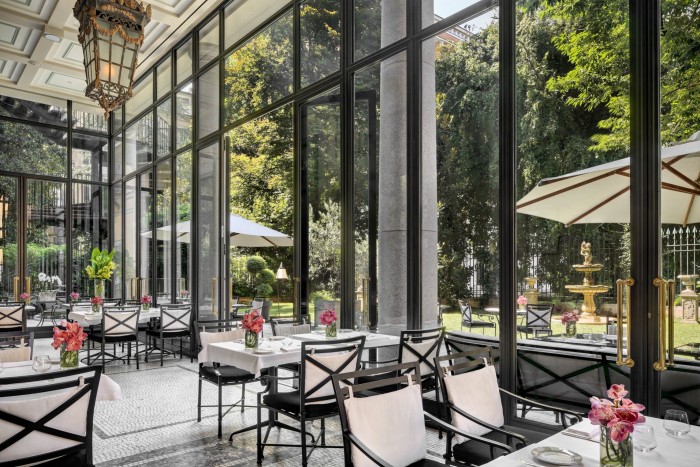
From there, my walk then takes me through the Giardini Indro Montanelli. While it may be less popular than the Parco Sempione, it’s my preferred park to walk through on my way back to the Palazzo Parigi hotel. After all this art, I will return to the beautiful indoor winter garden at the hotel’s restaurant for their excellent risotto alla milanese.
This day-long walk through Milan’s historic, artistic and natural heritage is how I renew my spirit. Throughout its history of over two and a half millennia, Milan has evolved and grown with its people. It is a city that has always looked towards its future without sacrificing the beauty of its past, hiding some of its treasures for true wanderers to find.
Gildo Zegna is the chair and CEO of the Ermenegildo Zegna Group
What would your perfect day in Milan look like? Tell us in the comments below. And follow FT Globetrotter on Instagram at @FTGlobetrotter
Cities with the FT
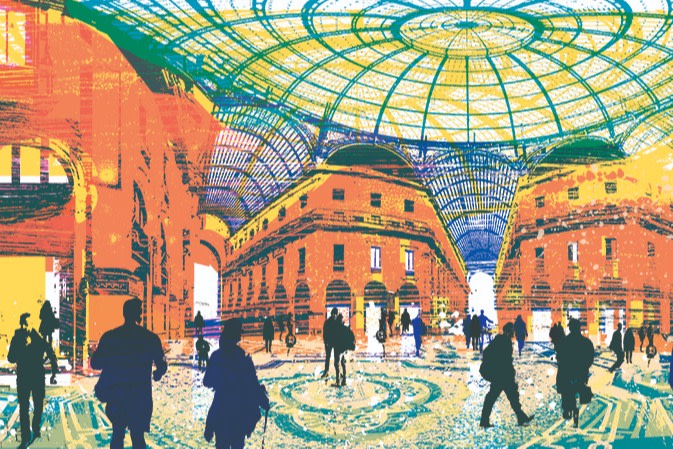
FT Globetrotter, our insider guides to some of the world’s greatest cities, offers expert advice on eating and drinking, exercise, art and culture — and much more
Find us in Milan, London, Tokyo, New York, Paris, Rome, Frankfurt, Singapore, Hong Kong, Miami, Toronto, Madrid, Melbourne, Copenhagen and Zürich

Comments